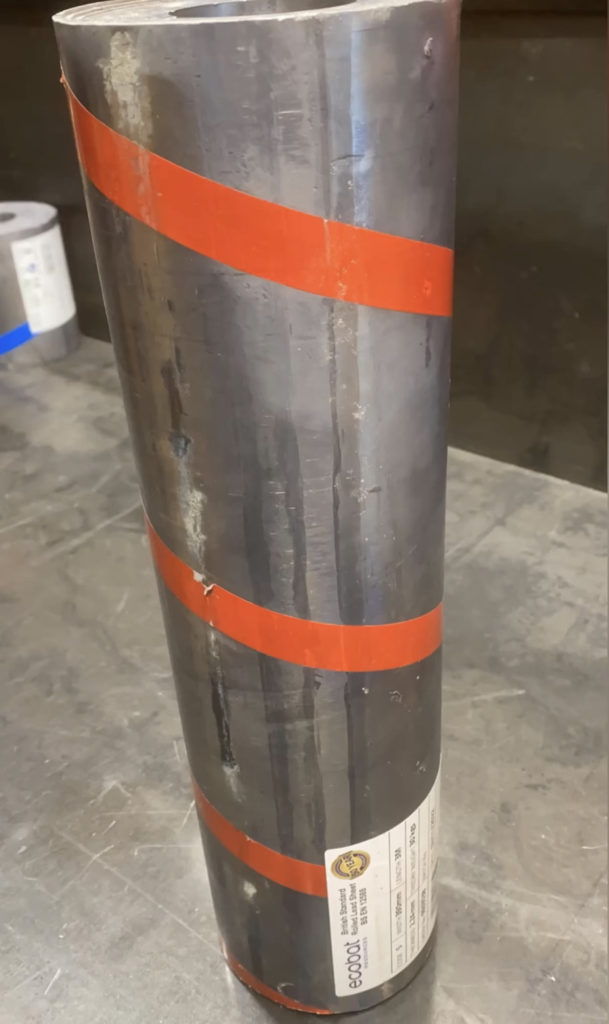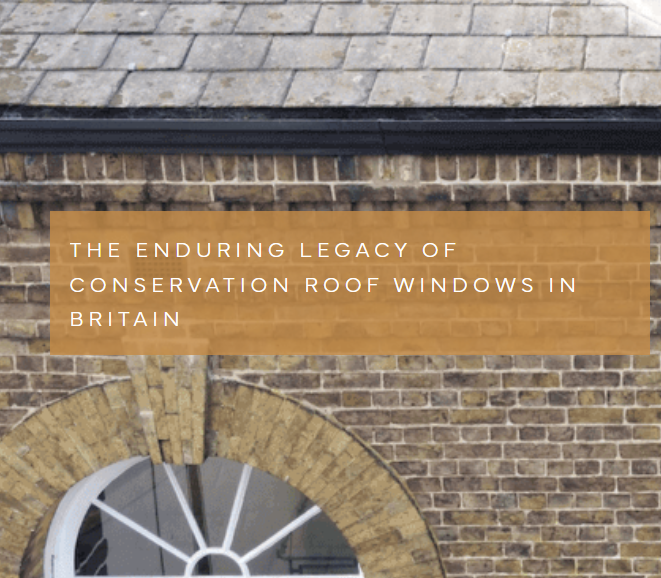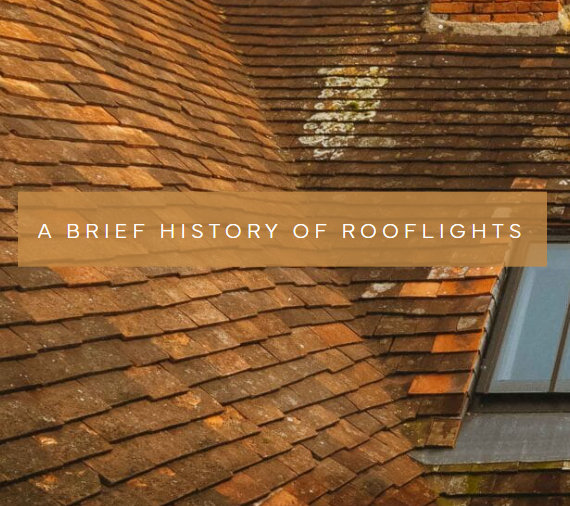In the last few months it has become apparent to me on my social media accounts that lead is very much misunderstood and stigmatised by a large group of people.
It is often demonised around the world. Relatively safe in it’s solid form, it is an invaluable, super versatile and durable product which would be a great loss to the building industry if removed for safely reasons.
The main dangers (not the only dangers) of working with lead are as follows:
Gases released from welding: this can be overcome a variety of ways including the following working in a very well ventilated areas, wearing a suitable masks/respirator and/or a fume extraction.
Hand to mouth contamination: some of the most commons ways for this contamination is through smoking and eating.
This is in my opinion the easiest of the three main issues to overcome by wearing gloves at all times while handling lead, thorough washing of hands after working with lead at all times is a must, keeping all tools, clothing etc separated from your day to day normal life.
Oxidised lead that has a formed a white powdery substance: which can become airborne when disturbed. Most commonly found on the underside of old lead when stripping, it is a highly advised to wear a mask/respirator and a protective suit to protect your clothing, shoes and hair from the airborne particles.
Annual blood tests: every twelve months it is vital to have your blood levels checked and monitored.
That said precautions taken lead is a wonderful product that is amazingly satisfying to work with. It’s ability to overcome problems is second to none. More often than not as a lead worker you are called in specifically to problem solve when no other material is able to prevail.
This information is in no way meant to be used as safety advice. If you are working with lead yourself stay safe and consult your countries relevant governing bodies safety advice.



